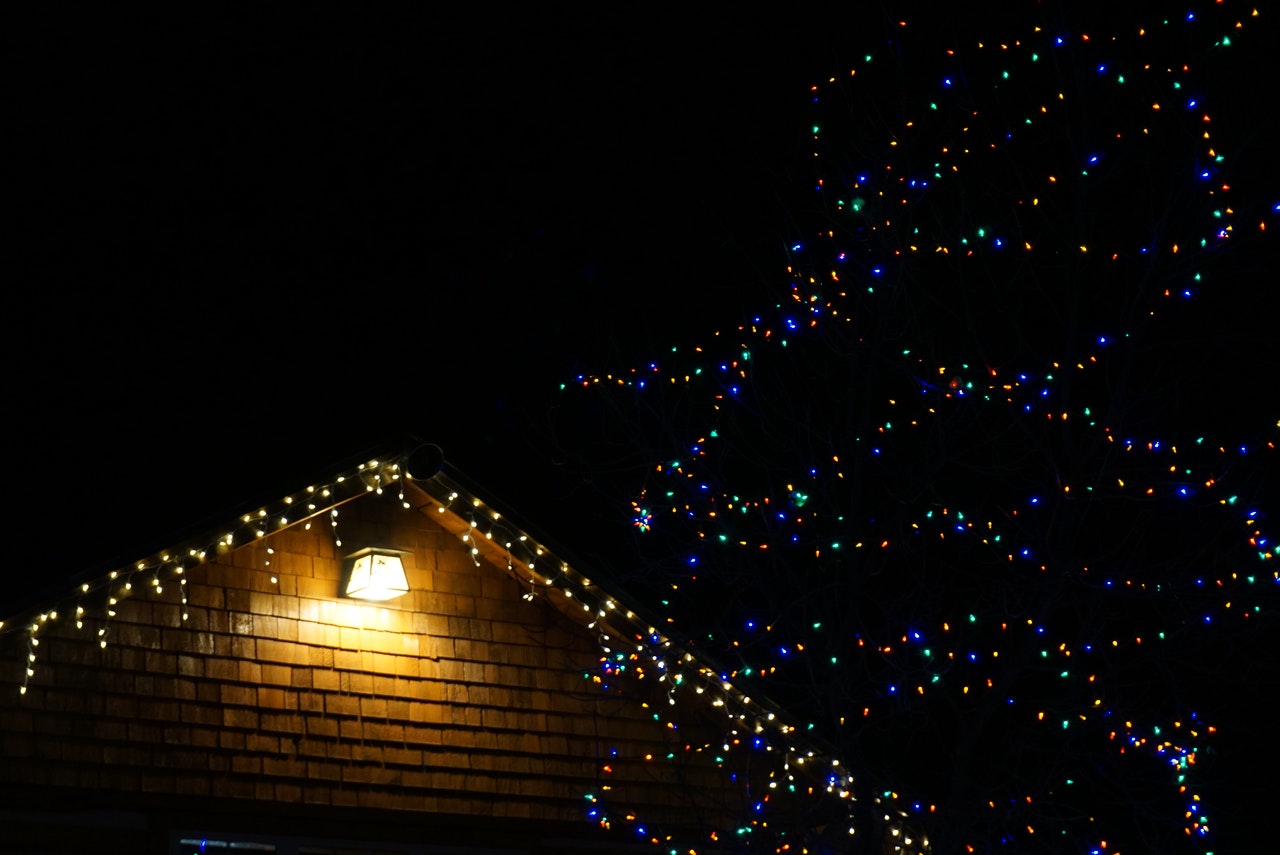The Origins of Christmas: A Historical Overview
Christmas may be one of the most beloved and celebrated holidays in the world, but its history and traditions are not always well understood. From its religious origins to its modern-day festivities, this holiday has a fascinating and complex backstory that spans centuries and continents.
The earliest roots of Christmas lie in the ancient Roman holiday of Saturnalia, a pagan festival that celebrated the winter solstice and the return of the sun. This raucous and chaotic feast included feasting, drinking, gift-giving, and role-reversals (slaves became masters, and vice versa). As Christianity began to spread across the Roman Empire, church leaders sought to co-opt Saturnalia and turn it into a Christian event. By the fourth century AD, December 25 had been officially designated as the day of Jesus Christ’s birth, and Christmas was born.
The first recorded celebration of Christmas as a Christian holiday occurred in Rome in 336 AD, but it wasn’t until the Middle Ages that the holiday really took off in Europe. In England, Christmas became a time of feasting, drinking, and revelry, with the wealthy hosting grand banquets and decorating their homes with lavish displays of holly and ivy. Carols, or religious songs, were also popular during this time, and many of the tunes we know today – including “Silent Night” and “God Rest Ye Merry Gentlemen” – date back to the Middle Ages.
Christmas Decorations: Symbols and Meanings Behind the Festive Accents
One of the most iconic symbols of Christmas is the Christmas tree, and its origins can be traced back to Germany in the sixteenth century. Legend has it that Martin Luther, the leader of the Protestant Reformation, was walking in the woods one winter night when he looked up and saw the stars shining through the branches of a fir tree. Inspired by this sight, he decided to bring a tree into his home and decorate it with candles, symbolizing the light of Christ. This tradition caught on, and by the nineteenth century, Christmas trees had become a widespread custom throughout Europe and North America.
Another well-known Christmas tradition is the exchange of gifts, which has its roots in the story of the three wise men who brought gifts to the baby Jesus. In some European countries, it was believed that gifts should be delivered on St. Nicholas Day, December 6, rather than on Christmas Day itself. The modern idea of Santa Claus, a jolly and rotund figure who lives at the North Pole and delivers presents to children all over the world, was popularized in the United States in the nineteenth century through a series of advertisements by Coca-Cola.
Today, Christmas is celebrated in different ways all over the world. In some countries, like the United States and Britain, it is primarily a secular holiday, marked by gift-giving, Christmas trees, and feasting with family and friends. In other places, such as Mexico and Spain, it is more closely tied to religious traditions, like the Feast of the Epiphany or the “Posada” reenactment of Mary and Joseph’s search for lodging in Bethlehem.
Despite these regional differences, however, one thing remains constant: Christmas is a time of warmth, generosity, and goodwill that brings people together to celebrate the joys of the season. Whether through the exchange of gifts, the enjoyment of festive decorations, or the singing of carols, the spirit of Christmas is sure to brighten even the darkest winter night.

